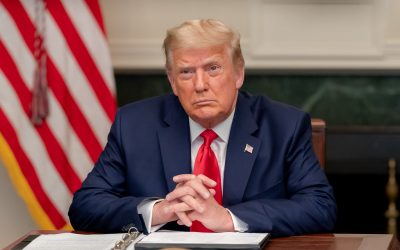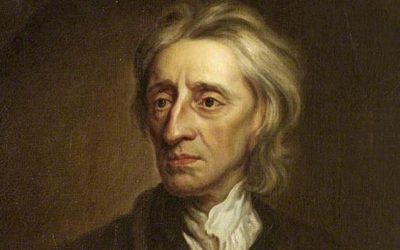“The Congress shall have power . . . to promote the progress of science and useful arts, by securing for limited times to authors and inventors the exclusive rights to their respective writings and discoveries[.]”
Constitution Day, September 17, is a fitting time to examine anew Clause 8 of Article I, Section 8 of our Constitution.
We 21st century Americans desperately need renewed appreciation for the Founders’ model for spurring innovation. It carefully balanced private interests with public interests, exclusive private property rights of limited duration with public disclosure, and eventual entry of creative and inventive output into the public domain.
Our fledgling nation had a largely agrarian economy. Economic depression from 1774 to 1789 crippled GDP by 30 percent. America contended for her sovereignty among established nations like Britain and France. The Founders witnessed how the Articles of Confederation had fallen short. The newly independent nation needed global clout, and fast.
Article I, Section 8 enumerates powers bestowed on the legislative branch. The delegates in Philadelphia empowered Congress to secure intellectual property rights. The Founders opted for innovation as the key to sparking America’s economic diversification and expansion.
Notably, Article I, Section 8, Clause 8 provides for the only personal right in the Constitution itself. Other individual rights of life, liberty, and property came later in the Bill of Rights, the first 10 amendments.
Drawing from various state copyright and patent laws, the Founders fashioned the original “open-source” innovation model. Their approach leveraged secure private property rights and democratization of IP to incentivize sharing one’s discoveries.
Abraham Lincoln describes the Constitution’s Patent Clause as “add[ing] the fuel of interest to the fire of genius, in the discovery and production of new and useful things.”
Several facts illuminate the urgency and importance the Founders placed on Clause 8’s property rights-centered IP incentive system.
First, City Hall in New York City became the seat of the federal government in 1789. Renovated into Federal Hall, the building was outfitted not just with Senate, House, committee rooms, and a library. It also had a “machinery room” to house the models to come from patentees.
The Founders were serious about the promotion of progress of useful arts by way of private property rights. While Federal Hall contained a room for patent models, the Supreme Court met down Broad Street.
Second, James Madison, the Father of the Constitution, explains the IP Clause in Federalist 43. He refers to British copyright protection. He then notes that “[t]he right to useful inventions, seems with equal reason to belong to the inventors. The public good fully coincides in both cases, with the claims of individuals.”
Federalist 43 thus connects invention with the British protection of authors’ works. Madison observes that most of the American states had enacted patent laws. He had been a leading proponent of patent rights in the Continental Congress and the Constitutional Convention. Madison entwined secure property rights with the incentive to invent.
Third, President George Washington gave the first State of the Union in January 1790. He urged the First Congress to enact a patent law. He cited “the expediency of giving effectual encouragement . . . to the introduction of new and useful inventions” as key to advancing “agriculture, commerce, and manufactures.” Soon after, the Patent Act of 1790 was the third bill Congress enacted.
If the proof’s in the pudding, the Founders’ brilliant model to foster innovation proved a stunning success. Clause 8 led to over two centuries of unprecedented invention and practical progress of knowledge and useful arts.
The model the Founders gave us created so much wealth and improved the American standard of living such that every American has enjoyed tangible benefits. Invention moved the United States from fledgling backwater to global innovation leader in short order.
This Constitution Day, thank the Lord for the Founders and their understanding how to stimulate ingenuity by applying “the fuel of interest to the fire of genius.” And while you’re at it, thank an inventor.
Made available by Conservatives for Property Rights.



